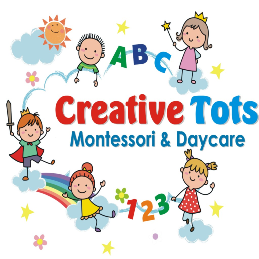Health Policy
Illness
Parents should be advised to keep their child at home or to seek alternate care arrangements for the following conditions:
Fever - please keep your child at home if his/her temperature is 38°C (100°F) or higher
If your child does come to school with a fever, you will be notified by the center and asked to pick him/her up. Your child’s temperature should be stabilized for 24 hours before his/her return to center.
Strep throat, chickenpox, head lice, pink eye, etc
Contagious Illness Notify the center if your child develops a communicable disease that needs separation or isolation or other special measure to protect the health of other children in care
Parents should be advised to keep their child at home
Pain - any complaints of unexplained or undiagnosed pain.
Difficulty in breathing - wheezing or a persistent cough
Sore throat or trouble swallowing
Infected skin or eyes, or an undiagnosed rash.
Unexplained diarrhea or loose stool (may or may not be combined with nausea, vomiting or stomach cramps). These symptoms may indicate a bacterial or viral gastrointestinal infection which is very easily passed from one child to another via the fecal-oral route. The child should be kept home until all symptoms have stopped
Severe itching, dry skin of either body or scalp if caused by head or body lice or scabies
The criteria that must be met before a child who has been ill can return to the facility. This would likely be when the child is free from symptoms. In the case of certain serious illnesses, the policy may require a doctor’s approval before the child can return to the facility
A requirement for parents to provide information on the care of a recuperating child when the child returns to the facility. The child should be well enough to take part in the facility’s programs and activities, should no longer be infectious and should not have the symptoms
Current Pandemic – Covid19
What is Covid-19 and how is it spread?
Covid -19 is a respiratory infection that is spread by droplets. These are small particles that are dispersed one to two meters when people cough or sneeze. Transmission of the virus occurs when a person touches a droplet from an infected person and then touches their own face; mouth/eyes/nose.
Frequent hand washing and physical distancing are two of the ways to stop the virus from being transmitted.
Hygiene
Hand washing must be scheduled for the children and monitored throughout the day
Hand sanitizer stations will be placed outside of programs for parents and sanitizer will be available in programs for staff use.
Six steps to proper hand washing
Wet hands with warm running water
Apply a small amount of liquid soap. Antibacterial soap is not required
Rub hands together for at least 20 seconds (sing the ABC’s). Rub palms, backs of hands, between fingers and under nails, around wrists, creating lather.
Rinse off all soap with running water
Dry hands with a clean, disposable towel
Discard the used towel in the waste container
Children should wash their hands…
Children should wash their hands…

When they arrive at the centre and before they go home
Before eating and drinking
After the toilet
After playing outside
After sneezing or coughing into hands
Whenever hands are visibly dirty
Immunizations
Please ensure your child’s immunization is up to date. It is to protect your child as well as other children.
